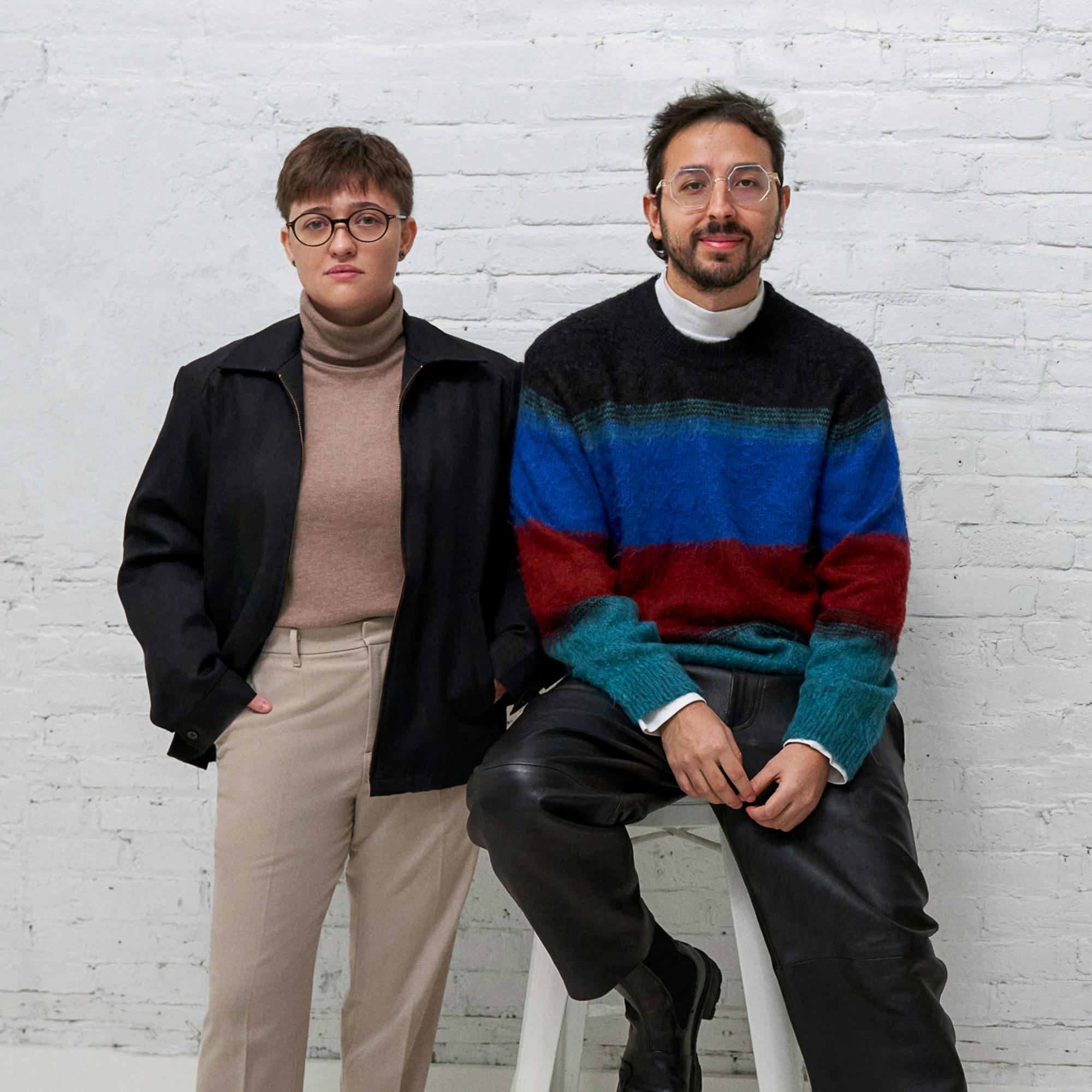Oct 23, 2024
Meet Julia B. Aguiar & Carlos Bocai — instructors of the Decoding Identities course.

Aprender Design
School

Julia B. Aguiar (Jones Knowles Ritchie) & Carlos Bocai (Base) met in college in Rio de Janeiro and have been collaborating since. In 2020, they built the course Decoding Identities for Aprender Design, which has attracted over 150 students to date.
We sat down with the duo to discuss their creative journeys, the challenges of standing out in a global scenario, and their educational approach.
Read our conversation and learn more about the creators of the Decoding Identities course:









